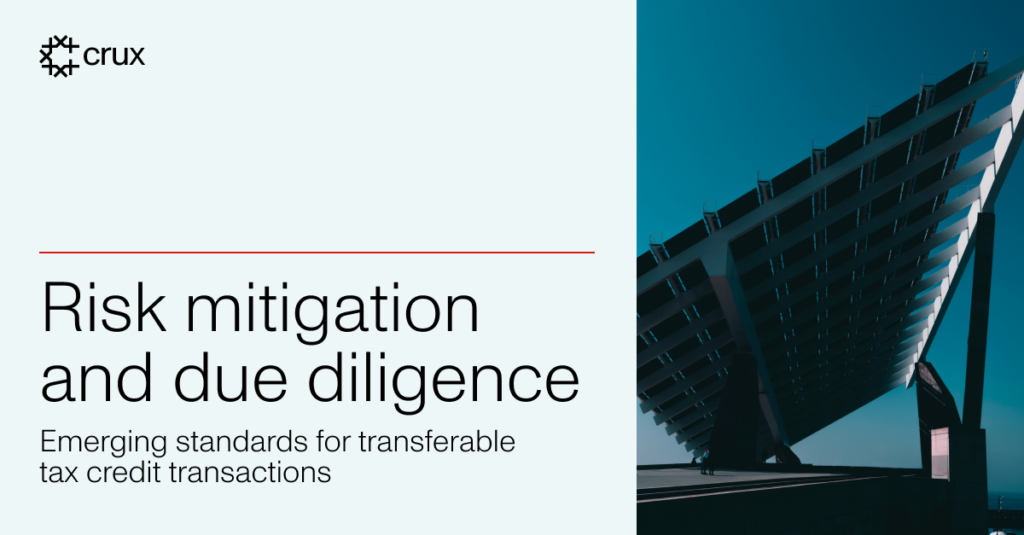U.S. wind turbines are already reducing carbon emissions by over 100 million tons per year
Wind energy is a widely available, affordable, and reliable electric generation method for significantly reducing air pollution. As detailed in this whitepaper, wind energy plays a significant role in reducing emissions of carbon dioxide (CO2), nitrogen oxides (NOx), and sulfur dioxide (SO2) in nearly every state. And wind energy can play an even greater role in reducing emissions reductions going forward, with evidence from more than a dozen utility and independent grid operator studies confirming that wind can reliably provide an even larger share of our electricity needs, in turn producing even larger emissions reductions.
Key findings include:
- The 167.7 million megawatt-hours (MWh) of wind energy produced in the U.S. in 2013 reduced CO2 emissions by 126.8 million tons, the equivalent of reducing power sector emissions by more than 5 percent, or taking 20 million cars off the road.
- The top 10 states by volume of carbon reductions from wind energy are: Texas, Illinois, California, Colorado, Iowa, Missouri, Oklahoma, Wisconsin, Minnesota and Wyoming.
- States achieving a reduction in carbon emissions of 10 percent or more from wind energy alone include California, Colorado, Idaho, Iowa, Kansas, Minnesota, Nebraska, Oregon, South Dakota, Vermont, and Washington State, with Oklahoma, Wisconsin and Wyoming coming in just under 10%.
- One MWh of wind energy avoids .75 tons, or 1,500 pounds, of carbon dioxide emissions on average. A typical 2 MW wind turbine avoids around 4,000-4,500 tons of carbon emissions annually, equivalent to the annual carbon emissions of more than 700 cars.





